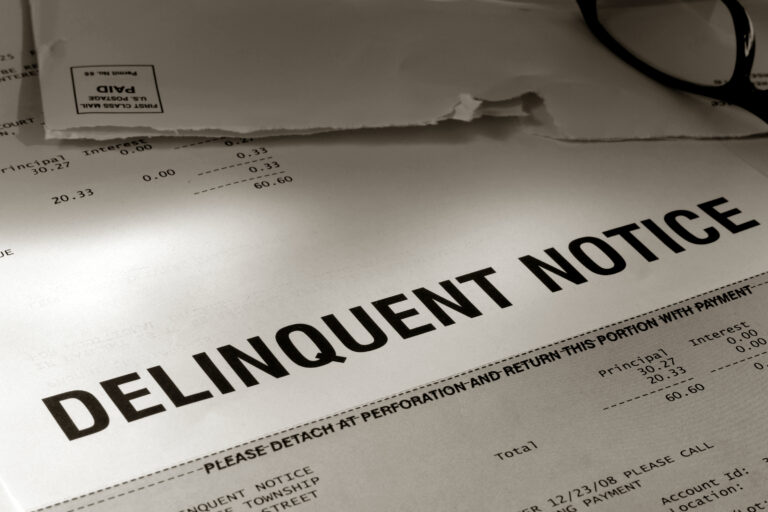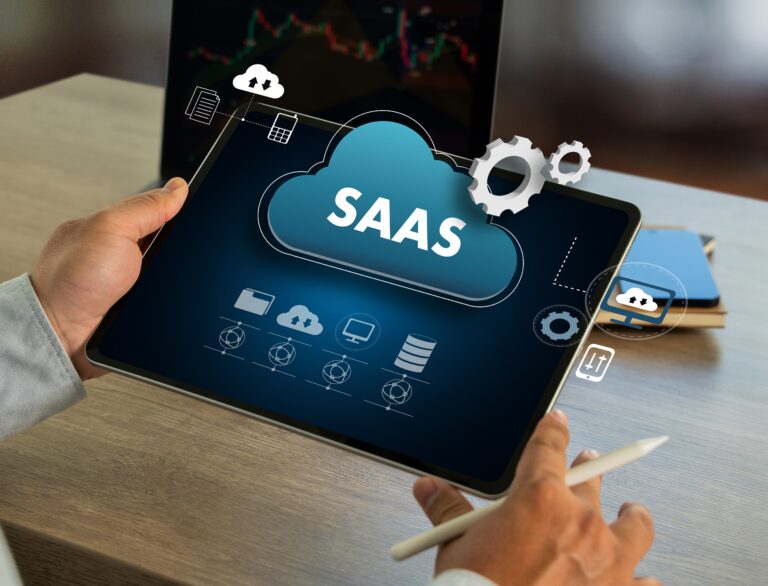From trading pieces of paper to trading 1s and 0s, there is an ever-expanding pool of B2B payment methods for paying your debts and getting paid. Each option offers unique values and challenges, which could push your business toward profitability or add hidden costs to each transaction.
So when making business-to-business (B2B) payments, how do you know which method suits you? Let’s break it down.
B2B payment methods: a comparison
According to annual studies by the Association for Financial Professionals (AFP), while physical checks remain a sizable portion of overall B2B transactions, digital methods have started to dominate in the past couple of years. In particular, many businesses want to speed up their financial exchanges and cut out unneeded wait times. At the same time, these more innovative payment methods still need to be met with some resistance as smaller and older companies need help securing the IT resources for a digital platform or buy-in from existing B2B customers.
Of course, as time passes, the number of payment options will only increase, but currently, the most popular are what follow.
1. B2B ACH transactions
In the most recent AFP Digital Payments Survey, 39% of outgoing and 35% of incoming exchanges with major suppliers for businesses in the U.S. and Canada relied on automated clearing house (ACH) transactions. Much like checks, these electronic payments move relevant funds between the sender and receiver’s checking accounts. However, these exchanges are routinely finalized in under three days, while checks often take longer.
Pros:
- It takes less time to finalize than paper checks (the second most popular option)
- Simplifies the process for recurring payments
- Keeps costs low with transaction rates that hover around $.29 on average—far below typical wire transfer or credit card fees
- Offers the ability to refund erroneous payments
Cons:
- Restricts transactions to only U.S. bank accounts, making it unsuitable for international commerce
- Complicates payment processes for one-off transactions as initial setup requires a healthy amount of paperwork to be filed with each financial institution
- It relies on batch payments, which can add unnecessary wait times
How automation can help
By moving to a digital transaction method, users of ACH payments have already taken a large step forward in their automation journey. In addition, these exchanges help to reduce the risk of manual error as much of the payment process becomes standardized and requires less human interaction.
Users can supplement their digital transactions with an e-invoicing platform that captures incoming payment requests through electronic submission or optical character recognition (OCR) technology on physical documents. At the same time, these tools will encourage faster processing, helping to offset some of the batch-based delays of this particular channel.
2. Checks
Having only been supplanted recently as the most common payment method, checks still reflect a healthy portion of the B2B transaction market. Commonly, checks are shipped via traditional mail, artificially inflating payment timelines based on the speed of these outside parties.
Pros:
- Delivers direct control as checks are routinely printed on premises by the business
- Keeps costs low with minimal (or no) processing fees, depending on the financial institution
- Benefits from the broad acceptance, especially useful when dealing with smaller businesses that may not have invested in digital payment methods
Cons:
- Extends payment timelines with the slowest option commonly used
- Complicates chasing efforts thanks to the inevitable delay between shipment and receipt
- Increases risk of potential fraud, as a report from the Association of Certified Fraud Examiners found that 10% of studied cases involved check tampering
How automation can help
With fraud being a major risk factor, businesses that rely heavily on checks should focus on automation options that limit human involvement in payment authorizations. Ideally, an automated workflow featuring 2-way or 3-way matching will severely restrict who has access and visibility into your critical payment data. In addition, by establishing a standardized process, outliers or payment irregularities will likely stand out, allowing you to focus your security efforts better.
3. B2B wire transfers
While similar to ACH transactions, wire transfers offer a little more flexibility, allowing users to transfer funds directly between bank accounts or send funds to a third-party payment office. On average, these transactions are completed within 24 hours and require limited private information to set up.
Pros:
- Delivers one of the faster exchange mechanisms through real-time transfers
- Protects against fraud with a highly-regulated and controlled payment network managed by the Federal Reserve
- Offers global flexibility as wire transfers support transactions both within the U.S. and abroad
Cons:
- Boosts costs, with an average domestic processing fee hovering around $30
- Punishes transaction-related errors since once a transfer has been initiated, it is difficult, if not impossible, to cancel or amend
How automation can help
Capitalize on your shift to real-time transactions by choosing a B2B payment platform with real-time bookkeeping reconciliation. As your incoming and outgoing payments are automatically resolved within your ledger and journal entries, you’ll have a more accurate understanding of your financials at any given moment. And key decision makers will be able to make smarter, more nuanced choices to support company health.
4. Credit cards
According to the AFP, B2B credit card processing represents only a modest amount (<10%) of corporate transactions despite being one of the most straightforward mechanisms. But, of course, the actual volume of these exchanges tends to be higher, with most credit card payments being used for smaller, one-off transactions. And between one-third and one-half of these disbursements are made with virtual cards.
Virtual cards, in turn, offer users a more secure transaction option than physical cards, using temporary, single-use account information—along with pre-set spending limits—to conduct the exchange.
Pros:
- Accelerates payment timelines with arguably the fastest transaction method
- It Simplifies oversight, as most card providers offer comprehensive monitoring and tracking functions
- Allows users to earn rewards or points that help offset processing costs
- Grants access to funds beyond what is directly available within the company’s existing cash flow
Cons:
- Charges processing fees that are more expensive than most payment types
- Faces increased risk of fraud given the limited information needed for a transaction
- Can directly undermine credit ratings with late payments
- Runs the risk of accruing unsustainable debt and compounding interest
How automation can help
Given the wealth of data and metadata commonly available from credit card companies, if you rely heavily on this transaction medium, consider investing in an automation platform that features advanced analytics capabilities. With the right software, you can more easily recognize patterns, process interdependencies, and payment irregularities commonly missed by the human eye. This new insight, in turn, can empower your business to drive efficiency improvements and detect potential fraud more quickly.
5. Digital payment providers
One of the more recently-created B2B transaction channels, digital payment platforms (e.g., PayPal, Square, Venmo), are more commonly used in business-to-consumer (B2C) payments than B2B payments. Typically, these transactions piggyback off existing credit cards or bank accounts while offering a more direct, intuitive payment experience through mobile apps.
Pros:
- Simplifies setup for new users
- Allows contact-free transactions, reducing the amount of human labor required
- Keeps exchanges moving quickly by leveraging established, high-volume, and high-speed payment networks
Cons:
- Supports transactions only when both parties have an account with the platform provider
- Offers limited capabilities, often lacking robust account support or the ability for multiple users to access the same account
How automation can help
Whatever your payment strategy, delivering simplicity is critical for a positive user experience. In fact, according to a survey conducted by Balance Payments, Inc., around 83% of respondents stated that a smooth payment and checkout experience was their primary motivator when choosing an e-commerce supplier.
So as you move forward with your B2B payment automation strategy, focus on technologies that will make life easier for your customers and suppliers. Ideally, you’ll want a solution that offers an intuitive interface for outside users that gives direct, secure access to account and transaction data, commonly through a standardized payment portal. Further, shifting to a self-service strategy for your vendors and customers allows your staff to focus on more strategic tasks.
6. Cash
Just don’t. It will be more of an accounting headache than it’s worth.
Pros:
- Accepted by nearly everyone
Cons:
- Can be easily lost or stolen
- Complicates payments to anyone not in the same physical space
- May attract undue interest from federal agencies when used for high-value payments
How automation can help
Any digital B2B payment solution can deliver transformative value for your business. However, if this is your first step towards automating your transactions, the sheer scale of options and providers can be daunting. So you should focus on simple tasks like accounts receivable (A/R) and accounts payable (A/P) efforts.
Learn more about B2B payments with the State of B2B Payment Acceptance 2021 Report
Invoiced: Get paid faster across all B2B payment methods
Regardless of your business’s payment strategy, any automation suggestions we’ve offered throughout this blog can benefit your operations. Evaluate your current pain points—the most considerable process delays or most expensive steps—and look for a solution that directly addresses these specific challenges directly.
Even better, put together a fully-automated procure-to-pay process. You’ll be better positioned to gain control over spending, eliminate waste, and mitigate potential fraud.
As you consider which automation platform might be right for your company, see what Invoiced’s Accounts Receivable Automation and Accounts Payable Automation software can do for you. And if you truly want to accelerate your B2B payments, consider our E-invoice Network.




